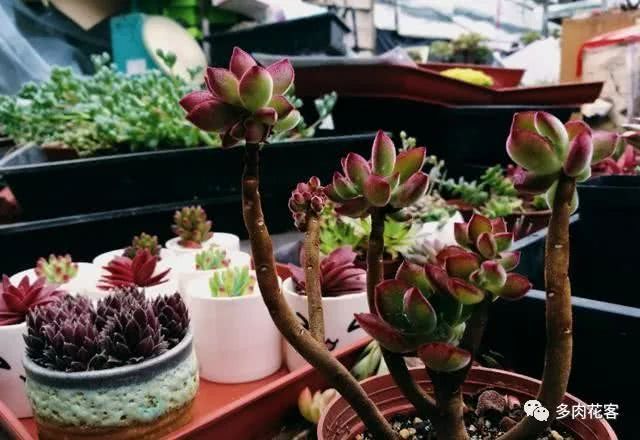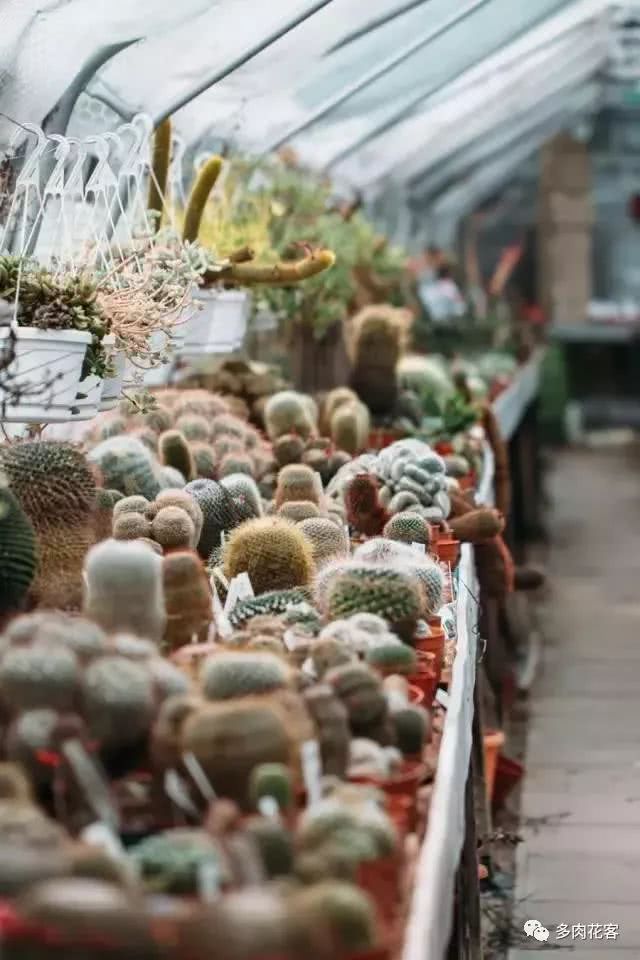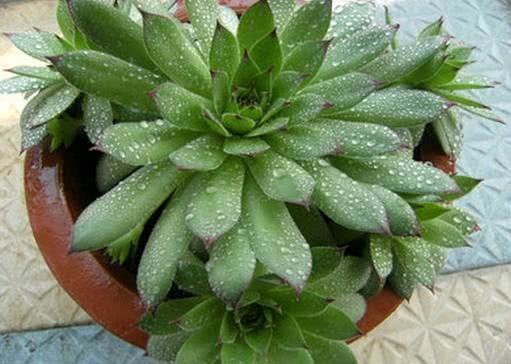Keep these three points in mind to ensure that your succulent food is better than that of others.

With the development of our society, the change of ideas and the enrichment of the spiritual world. Flower recommendation has become a part of our lives. And this new type of succulent plant is loved by everyone.
The editor occasionally goes out to visit the flower market. When I first saw the succulent plant, the editor's heart was conquered by them. I remember the succulent one I saw at that time was purple, its leaves were arranged like the petals of a lotus, and there was a thin white frost powder. Later, the editor checked the information to know that its name is first love. Since then, the editor has begun to study the succulent baby. I would like to share with you the three questions that should be memorized in raising succulent plants.
1: the succulent baby is infested with worms. What should we do if we stop growing?
The trouble for flower lovers is that succulent plants are easy to produce scale insects, scale insects are very difficult to clean up, and scale insects on leaves are easy to clean up, but if the eggs in the soil are not dead, they will continue to hurt succulent babies. At this time, we can only prescribe fierce medicine, take the succulent root out of the flowerpot and remember to protect its integrity.
Then rinse the roots with water and sprinkle the insecticidal potion on it when the washing is about the same. Finally, change the clean soil and transplant it. The succulent baby will be full of life in a few days. If you encounter such a situation, you must trust the editor and make up your mind to give it a heavy blow. Make sure you see a different succulent baby.
2: is the quality of the soil very important?
The soil used by succulent babies is different from that used by some other plants we see. Granular soil must be added to grow succulent plants, which can give more oxygen to the succulent roots so that they will not rot. Knowing the soil needed by succulent plants, it is easy to feed succulent plants. Usually, we also have to turn the soil and trim the roots for succulent plants, because the soil will not be fat for a long time, and the nutritional value will be less, so it is very important to turn the pots for succulent plants regularly! In addition, some of our friends will directly use the loess around us to cultivate succulent plants, it is best not to use this. Because the loess has little nutritional value, and the soil is too hard. It's not good for the growth of succulent babies!
3: the lack of water is not the lack of watering, but the root cause of the problem?
If the succulent baby is short of water, the leaves will be soft or even dry, but as long as there is enough water, the leaves will be round in two or three days. If nothing has changed, there is something wrong with the root. In the process of growing succulent plants, some unhealthy roots will die because of bad influence or soil consolidation. These dead roots will slowly rot and deteriorate every time we water them, and eventually lead to the breeding of molds. Affect the normal growth of the whole succulent plant, the consequence is very serious, the more you think about it, the more terrible it becomes.
The editor has encountered this situation before, and he is still wondering why it is useless to pour so much water. Fortunately, we learned later that if we do not find this symptom in time, the succulent baby may die in our own hands because of our ignorance. The solution is very simple, that is to turn the basin to trim the dead roots and kill the bacteria thoroughly. There is a little bit of common sense that must be shared with you.
In very hot weather, do not directly sprinkle water on succulent babies, especially at noon, the right time to sprinkle water is best in the evening, so as to avoid succulent plants suffocated by hot water. In addition to these, succulent plants are also suitable for watering at night and on cloudy days. When sprinkling water, you must be careful not to pour water directly on the leaves, especially when there is strong sunlight, have you learned?
I'm telling you, succulent babies are good-looking and easy to raise, and people who like them can try. However, the editor also found that there are still a lot of succulent friends around. And the editor also has several rubies and Monroe at home. It is highly recommended that you get to know our lovely succulent baby. If you encounter the problems I mentioned above, I hope it can help you.
All right, this issue of succulent little knowledge to share with you, these three important points, you must not commit, pay attention to me, more knowledge of flower cultivation is updated every day.
- Prev

Meitu's succulent flower house is beautiful.
Meitu's succulent flower house is beautiful. Do you like this article? Share it now and let more people know! The content of this site is rich.
- Next

How should we take care of the meat after Rain Water is soaked?
If the meat is drenched in the rain... If your flesh is soaked in heavy rain, please don't worry too much. If handled properly, soaking in water after a storm is not only not dangerous for succulent plants, but may also bring a lot of damage to succulent plants.
Related
- Wuhan Hospital Iron Tree Blooming Result Was Instantly Frightened by the Gardener Master
- Which variety of camellia is the most fragrant and best? Which one do you like best?
- What is the small blue coat, the breeding methods and matters needing attention of the succulent plant
- Dormancy time and maintenance management of succulent plants during dormancy
- Minas succulent how to raise, Minas succulent plant pictures
- What are the varieties of winter succulent plants
- How to raise succulent plants in twelve rolls? let's take a look at some experience of breeding twelve rolls.
- Attention should be paid to water control for succulent plants during dormant period (winter and summer)
- Watering experience of twelve rolls of succulent plants
- Techniques for fertilizing succulent plants. An article will let you know how to fertilize succulent plants.

